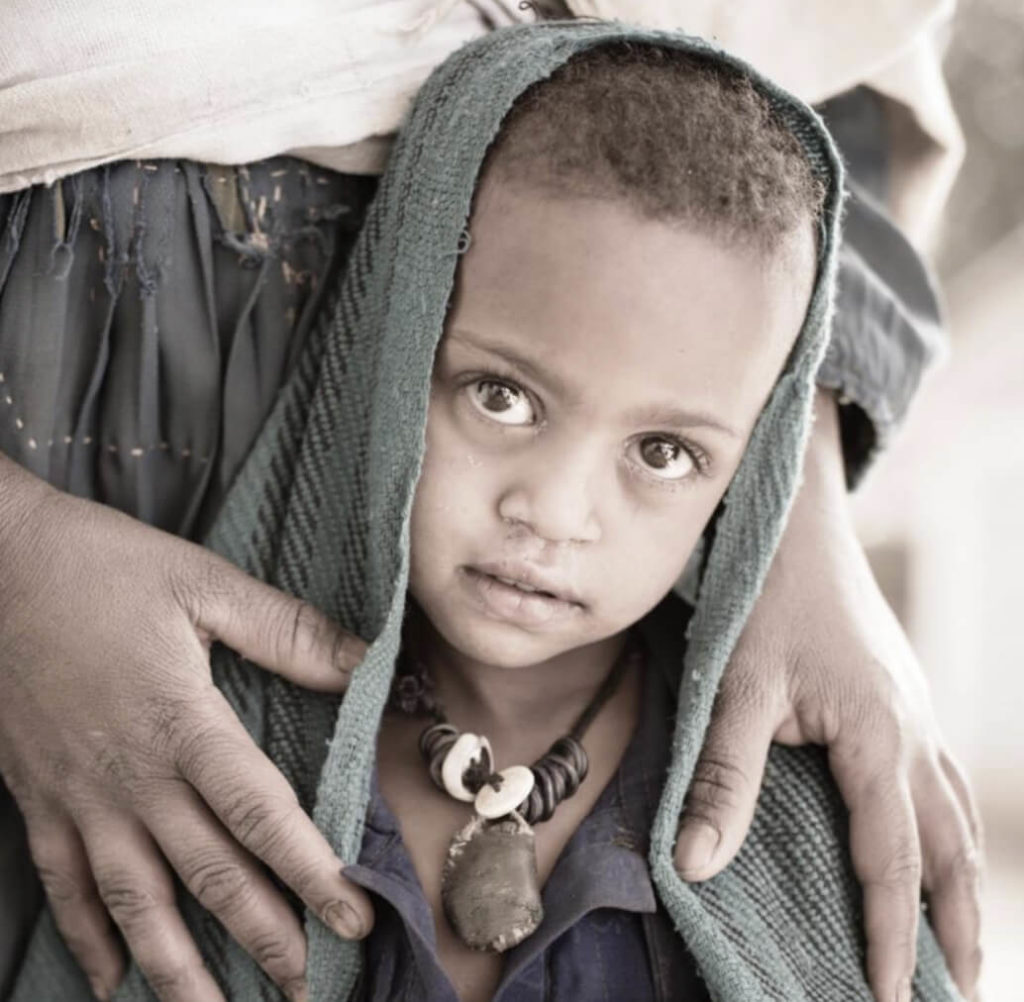HEAL TB Final Report: The Rapid Expansion of Comprehensive, High-Quality Tuberculosis Services in Ethiopia
HEAL TB Final Report: The Rapid Expansion of Comprehensive, High-Quality Tuberculosis Services in Ethiopia
Final Report: Help Ethiopia Address Low TB Performance (HEAL TB) Project 2011–2016
In 2010, when the United States Agency for International Development (USAID)-funded Help Ethiopia Address Low TB Performance (HEAL TB) project was designed, the population of Ethiopia was estimated to be 80 million, with more than half of Ethiopians living in the Amhara and Oromia Regions—18.1 and 29.6 million people respectively. Ethiopia was seventh among the 22 high-burden countries for tuberculosis (TB), with an estimated sputum-smear- positive rate of 163 per 100,000 population. Mortality was 92 per 100,000 population. e case detection rate was also very low, at 35.8% per the 2009–2010 report. The treatment success rate (TSR) was 84% and multidrug-resistant tuberculosis (MDR-TB) was a major concern, but there was no solid program. As for HIV, adult prevalence was 2.3% per the 2010 estimate.
The HEAL TB project supported 55 million people in five years. HEAL TB was a five-year, USAID-funded TB project implemented in the Amhara and Oromia Regions of Ethiopia. HEAL TB used a phased approach to provide comprehensive technical support, which encompassed case funding, universal DOTS, MDR-TB, TB/HIV, and health systems strengthening in 28 zones in the two regions. In Phase I, HEAL TB’s support was limited to 10 zones with an estimated population of 27 million. In the second phase, beginning in July 2014, Heal TB expanded to 11 additional zones with a population of 16.6 million; seven more zones were added in August 2014, with a population of 10.9 million. The overall population coverage reached 55 million by Project Year (PY) 4. The initial cooperative agreement was designed to support only 15 zones, and many activities, such as MDR-TB, integrated sample transport, and capacity building of culture labs, were carried out without a budget increase. is report covers the period from July 15, 2011, through July 14, 2016.
